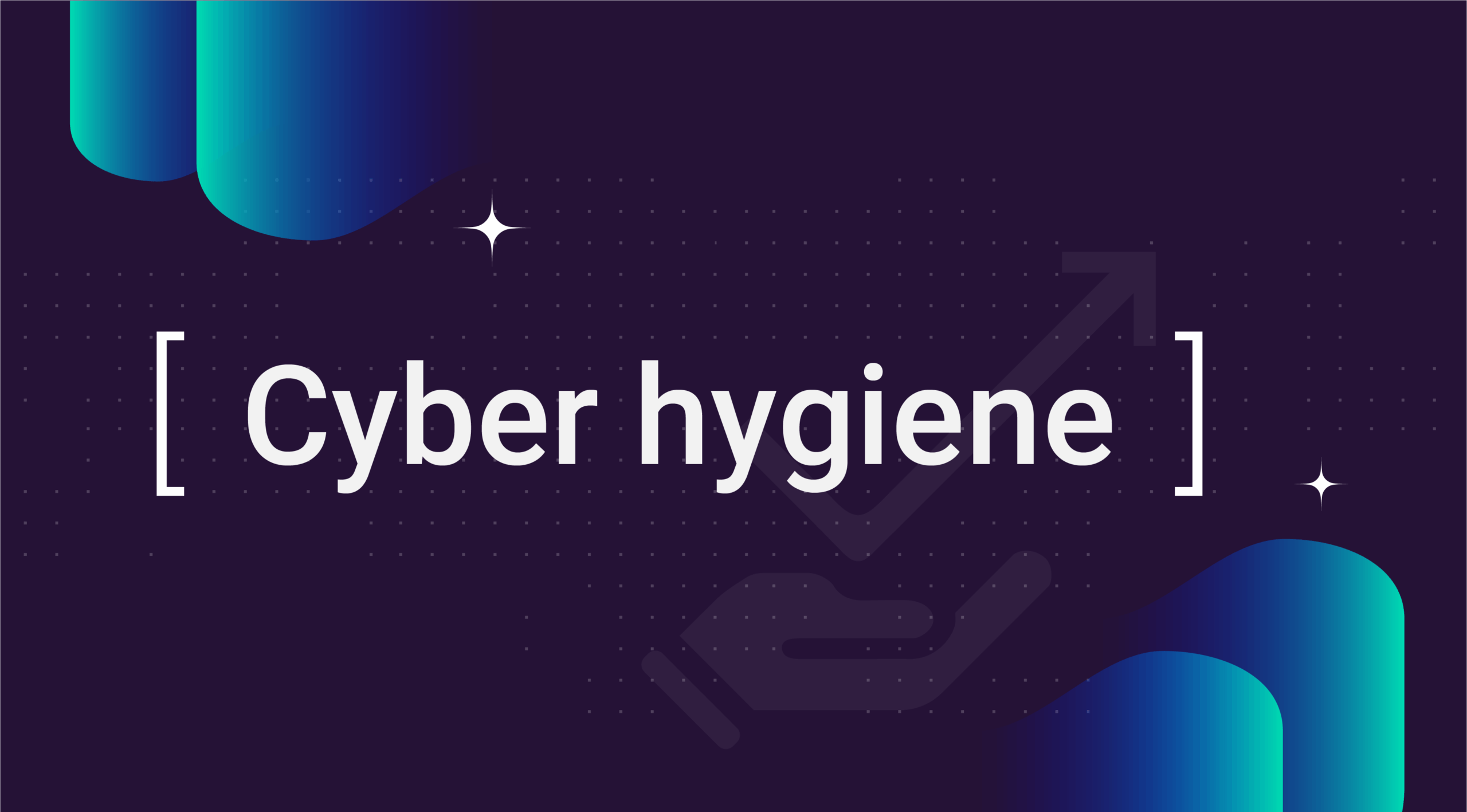In today’s digital landscape, our lives are deeply intertwined with technology. From online banking and shopping to remote work and social connections, we navigate a vast and complex virtual world every day. This convenience, however, comes with a significant responsibility: protecting ourselves from an ever-growing array of cyber threats. Just as we maintain physical hygiene to stay healthy, we must practice cyber hygiene to ensure our digital safety.
Cyber hygiene refers to the set of practices and habits that users of computers and other digital devices should adopt to maintain their online security and privacy. It’s about proactive prevention rather than reactive damage control. Think of it as a routine—a regular habit of checking for vulnerabilities, updating your systems, and securing your personal information. Neglecting these practices is like leaving your front door unlocked in a bustling city; you are inviting trouble.
The importance of cyber hygiene cannot be overstated. With data breaches, ransomware attacks, and phishing scams becoming more sophisticated and frequent, the average user is now a prime target. By adopting a few simple yet powerful best practices, you can significantly reduce your risk and build a robust defense against cybercriminals.
The Core Pillars of Cyber Hygiene
Effective cyber hygiene is built on several key pillars that, when combined, create a strong foundation for digital safety.
1. Password Management and Authentication
Your passwords are the first line of defense for your digital accounts. A weak or reused password is an open invitation for a cyberattack.
- Create Strong, Unique Passwords: A strong password should be at least 12 characters long and include a mix of uppercase and lowercase letters, numbers, and symbols. The key is uniqueness—never use the same password for multiple accounts.
- Use a Password Manager: Remembering dozens of complex passwords is impossible. A reputable password manager, like LastPass, 1Password, or Bitwarden, stores your passwords securely and can generate strong, unique ones for you. You only need to remember one master password.
- Enable Two-Factor or Multi-Factor Authentication (2FA/MFA): This is one of the most effective security measures you can take. 2FA requires a second form of verification, such as a code sent to your phone or generated by an authenticator app, in addition to your password. Even if a criminal steals your password, they can’t access your account without this second layer.
2. Software and System Updates
Outdated software is a major cybersecurity risk. Software developers regularly release updates to fix security vulnerabilities, patch bugs, and improve performance. Ignoring these updates leaves you exposed.
- Enable Automatic Updates: Most modern operating systems (Windows, macOS), browsers (Chrome, Firefox), and applications offer automatic updates. Enable this feature to ensure you are always running the latest and most secure version.
- Don’t Postpone Updates: When you receive a notification for an update, don’t ignore it. Install it as soon as possible. The longer you wait, the more vulnerable your system becomes.
- Regularly Check for Updates: Some applications may not update automatically. Make it a habit to check for updates manually, especially for critical software like your antivirus program.
3. Safe Browsing and Email Practices
Many cyberattacks begin with a single click—on a malicious link or a deceptive attachment. Being vigilant in your online activities is crucial.
- Recognize Phishing Attempts: Phishing emails and messages are designed to trick you into revealing personal information. Look for red flags such as spelling and grammar errors, urgent or threatening language, and suspicious sender addresses. Always hover over a link before clicking to see the actual URL.
- Be Cautious with Attachments: Never open an email attachment from an unknown sender. If the sender is known but the email seems unusual, verify it with them directly before opening the file.
- Use a Secure Connection: When making online transactions or logging into sensitive accounts, ensure the website URL begins with “https://” and shows a padlock icon. This indicates that your connection is encrypted and secure. Avoid conducting sensitive activities on public Wi-Fi without a VPN.
- Be Mindful of Downloads: Only download software, apps, or files from trusted, official sources. Downloading from third-party or unofficial sites can expose you to malware and viruses.
4. Data Management and Backup
Losing your data, whether to a hardware failure or a ransomware attack, can be devastating. Proper data management and regular backups are essential for recovery.
- Regularly Back Up Your Data: Create copies of your important files and store them in a secure location, separate from your primary device. This can be an external hard drive or a reliable cloud storage service. Follow the 3-2-1 rule: three copies of your data, on two different media types, with one copy stored off-site.
- Securely Delete Data: When disposing of an old computer, hard drive, or smartphone, ensure all your personal data is permanently wiped. Simply deleting files is not enough; professional data-wiping software or physical destruction may be necessary.
- Organize and Review Your Accounts: Periodically review your online accounts. Delete any that you no longer use, and close accounts that have sensitive information but no longer serve a purpose. This reduces your attack surface.
5. Security Software and Tools
Finally, equip your devices with the right tools to actively defend against threats.
- Install Antivirus and Anti-Malware Software: A reputable antivirus program is a non-negotiable tool. It protects your device in real-time by detecting and removing viruses, spyware, and other malicious software.
- Use a Firewall: A firewall acts as a barrier between your network and the internet, monitoring incoming and outgoing traffic to block suspicious connections. Both your operating system and your router likely have built-in firewall features. Ensure they are enabled.
- Consider a VPN (Virtual Private Network): A VPN encrypts your internet connection, hiding your IP address and making your online activity private. It’s particularly useful when using public Wi-Fi networks, which are often unsecured and vulnerable to cyber snooping.
Conclusion
Cyber hygiene is not a one-time task; it is an ongoing commitment. It’s about developing good habits and incorporating them into your daily digital routine. By embracing best practices for password management, keeping your software updated, being cautious online, backing up your data, and using the right security tools, you transform yourself from a potential victim into a proactive defender.
The digital world offers immense opportunities, and with proper cyber hygiene, you can enjoy them with peace of mind. Taking these steps today can save you from the costly and stressful consequences of a cyberattack tomorrow. In the end, your digital safety is a reflection of the small, consistent actions you take.





